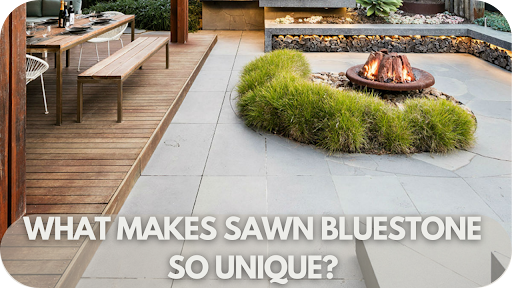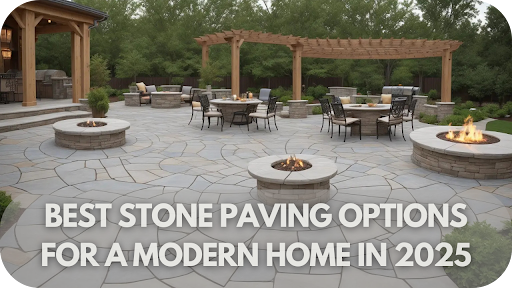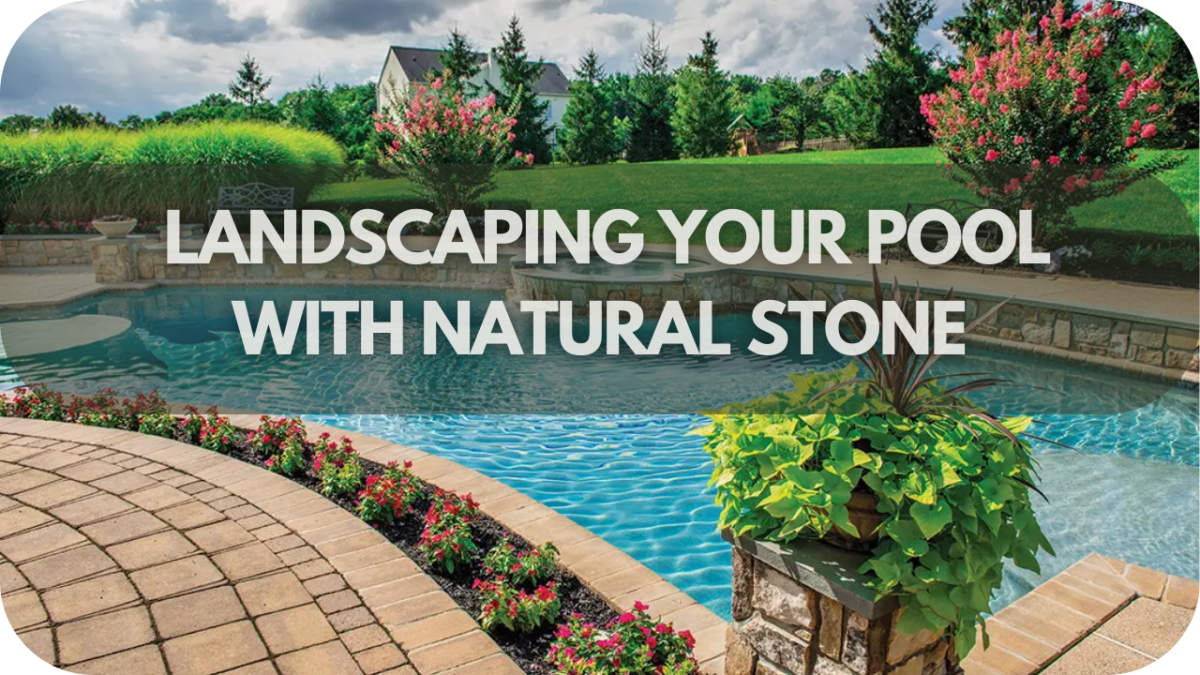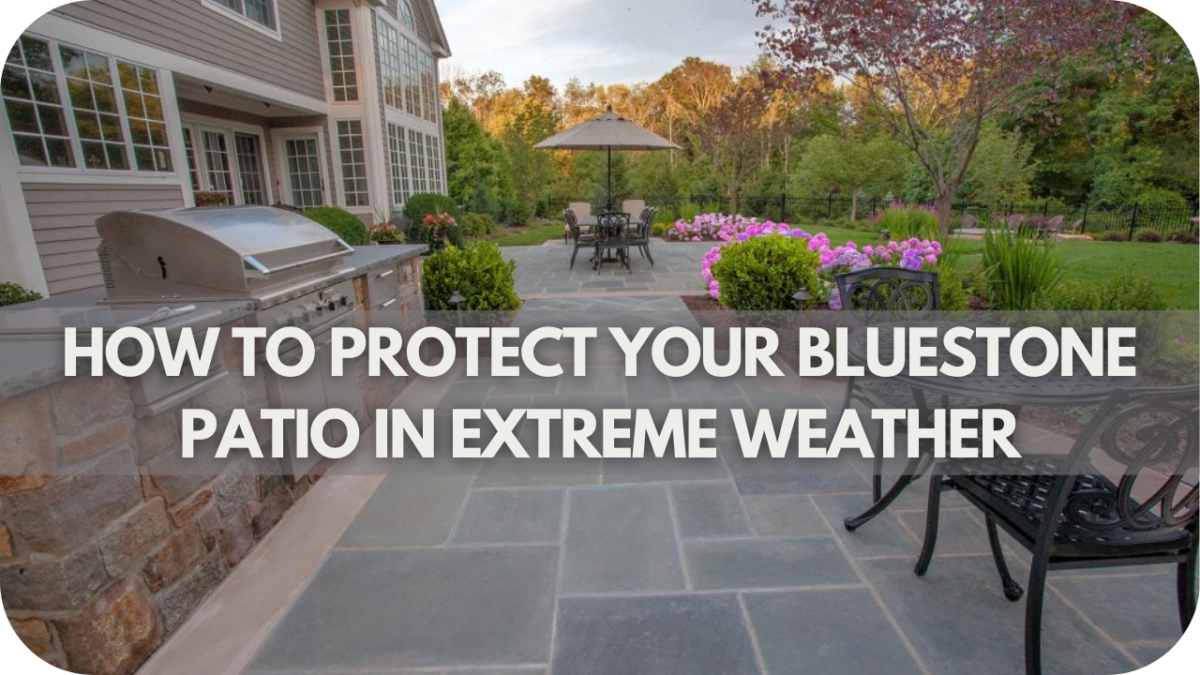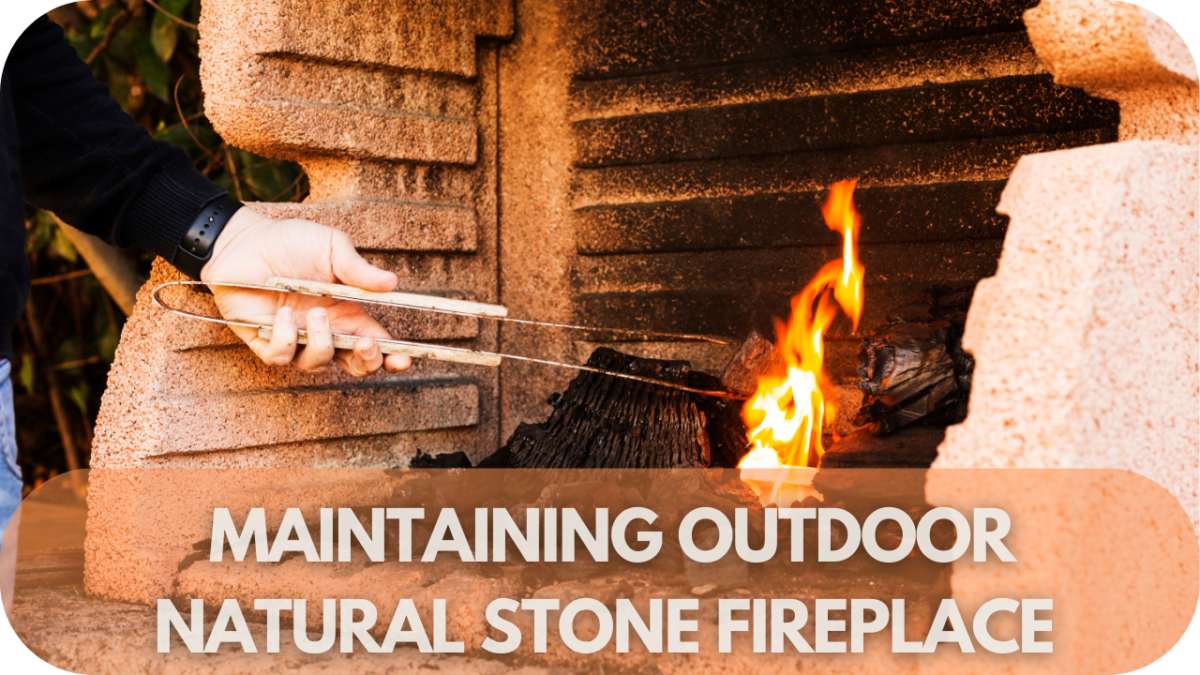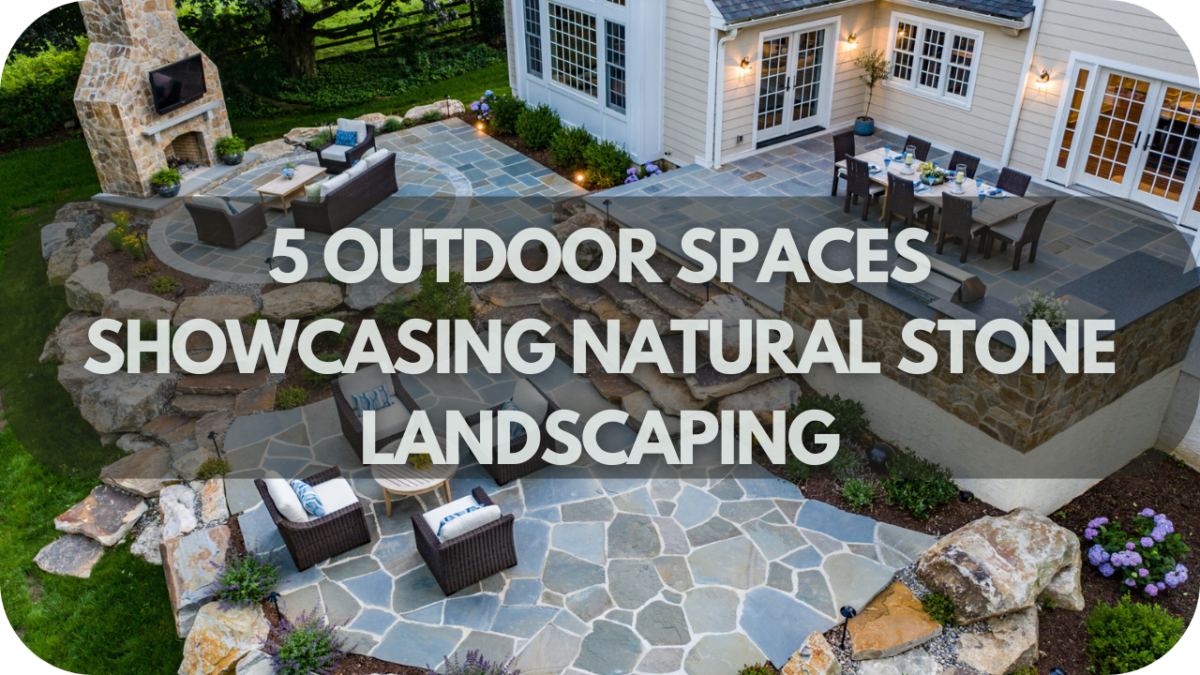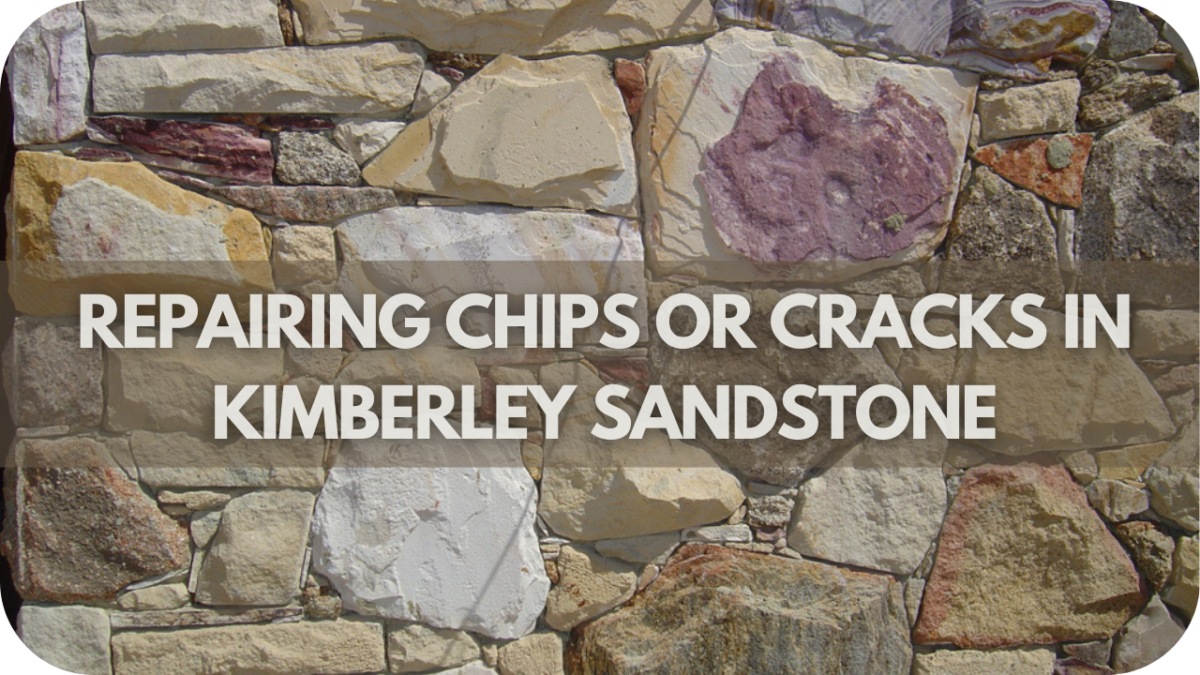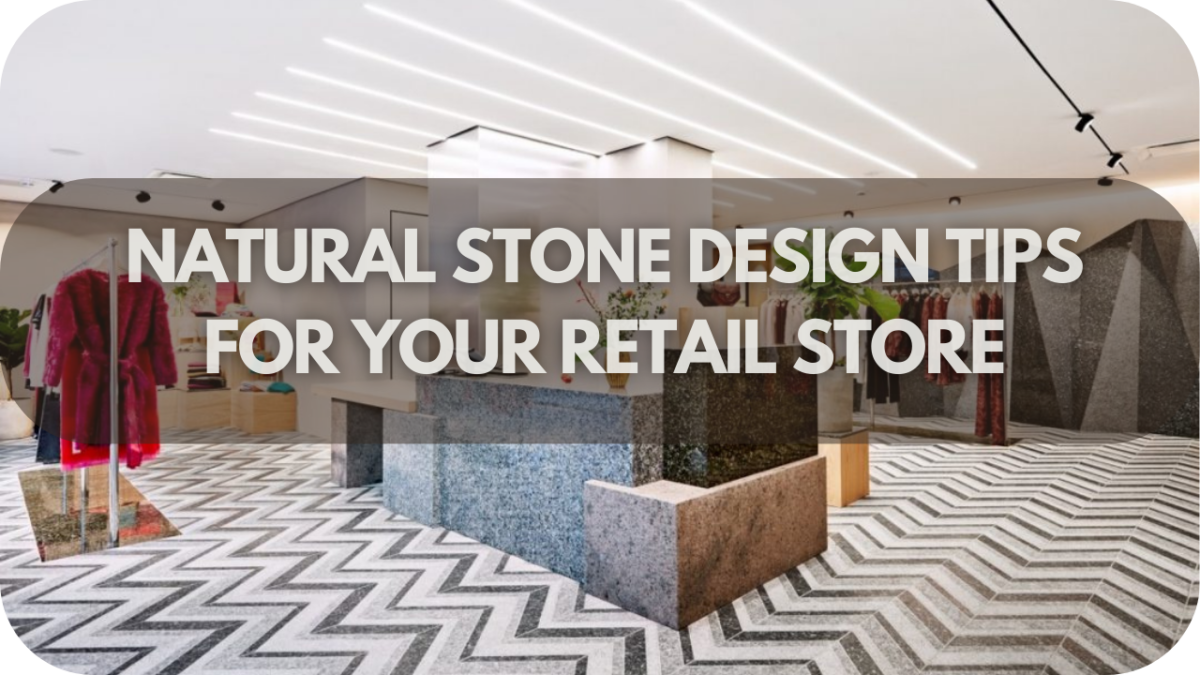What Makes Sawn Bluestone So Unique? A Deep Dive into Its Natural Beauty
Imagine a stone that combines timeless beauty with unmatched durability—sawn bluestone is exactly that.
With its natural blue-grey hues and smooth texture, it adds elegance to both modern and traditional settings. But there’s more to sawn bluestone than its stunning appearance. Its incredible strength and eco-friendly qualities make it the perfect material for any space.
Ready to find out what truly sets sawn bluestone apart and makes it a favourite for homeowners and designers alike? Dive in!
Unique Characteristics of Sawn Bluestone

From its elegant colour variations to its durability, sawn bluestone brings a blend of beauty and functionality to any space. Here’s why this stone stands out as a versatile and stylish choice for both indoor and outdoor applications.
1. Colour and Texture
Sawn bluestone offers a refined look with subtle colour variations, ranging from light to dark blue-grey. This spectrum creates a sense of depth and natural elegance, enhancing any setting.
Its smooth, uniform texture provides a sophisticated finish while retaining an earthy charm, making sawn bluestone a versatile choice for both modern and traditional outdoor aesthetics.
2. Durability and Strength
Sawn bluestone is known for its impressive durability, making it highly resilient to weathering and daily wear. Its dense structure withstands both heat and cold, making it ideal for outdoor applications, even in extreme climates.
This resilience allows it to maintain its aesthetic and structural integrity over time, making it a long-lasting choice for homeowners seeking durability.
3. Natural Slip Resistance
Bluestone’s sawn finish offers excellent natural slip resistance, making it a safe option for high-traffic outdoor areas.
This characteristic is precious for patios, walkways, and pool surroundings, where wet conditions could otherwise pose risks. The surface maintains grip without compromising its smooth texture, offering both safety and style in one versatile material.
4. Versatility in Design
Sawn bluestone’s adaptable look fits various design styles, from sleek, modern landscapes to rustic, natural settings.
Its subtle tones and smooth texture make it easy to pair with other materials, enhancing outdoor spaces without overpowering them. Its understated elegance complements various architectural styles used for flooring, wall cladding, or accents.
5. Low Maintenance Requirements
Sawn bluestone is remarkably low-maintenance, retaining its appearance with minimal effort. Its dense, durable structure resists stains and dirt accumulation, making regular cleaning easy.
Occasional washing and optional sealing are all required to keep it looking pristine, making it an ideal choice for those seeking beauty without constant upkeep.
The Natural Aesthetic of Sawn Bluestone

With a timeless elegance and an ability to seamlessly integrate into diverse landscapes, sawn bluestone offers unmatched beauty and versatility. Here’s why this stone’s natural charm and adaptable colour palette make it an ideal choice for both classic and contemporary settings.
1. Elegance in Design
The sleek, polished look of sawn bluestone enhances modern and minimalist aesthetics, offering clean lines and subtle sophistication.
Its smooth texture and uniform colouring create an understated elegance, making it a versatile choice for contemporary spaces. Whether used in patios or feature walls, sawn bluestone’s design effortlessly elevates the visual appeal of any modern setting.
2. Harmony with Surroundings
Sawn bluestone’s subtle, natural hues blend seamlessly with various landscapes, from lush greenery to urban environments.
Its blue-grey tones complement natural settings and architectural elements, providing a grounded, cohesive look. This versatility allows it to adapt to both rural and city landscapes, making it a perfect choice for homeowners wanting harmony between their home and its surroundings.
3. Timeless Appeal
Sawn bluestone’s classic look ensures it remains stylish over the years, making it a smart choice for both current trends and long-term value.
Its natural colour variations and refined finish give it a timeless quality that resists the ebb and flow of design fads. This enduring appeal allows sawn bluestone to enhance spaces without the need for frequent updates.
4. Versatile Colour Palette
With its soft spectrum of blue and grey shades, sawn bluestone suits diverse colour schemes and design elements.
This neutral palette allows it to complement a range of materials, from wood to metal, blending seamlessly with other features in outdoor and indoor spaces alike. Its versatility in colour makes it a flexible option for various design styles.
Popular Uses of Sawn Bluestone

From stylish pathways to luxurious pool surrounds, sawn bluestone’s versatility makes it a perfect choice for many outdoor applications. Here’s how this timeless stone enhances various areas, adding both beauty and functionality to any space.
1. Paving and Pathways
Sawn bluestone is a top choice for walkways and patios, creating smooth, stylish surfaces that enhance outdoor spaces. Its uniform texture and subtle colour variations add sophistication, while its durability ensures longevity.
2. Pool Surrounds
Around pools, sawn bluestone is a favourite for its natural slip resistance and luxurious aesthetic. The stone’s textured surface provides grip, enhancing safety in wet areas, while its rich blue-grey tones contribute to a refined, upscale look.
3. Outdoor Furniture and Accents
Sawn bluestone is popular for outdoor furniture and accents like garden benches, tables, and decorative features. Its durability ensures that these pieces withstand the elements, while its natural beauty complements various landscape styles.
Benefits of Choosing Sawn Bluestone

Choosing sawn bluestone goes beyond aesthetics; its practical advantages make it a standout option for lasting value. Here’s how this natural stone offers eco-friendliness, durability, and versatile design, making it a smart investment for homeowners seeking style and resilience in outdoor spaces.
1. Low Maintenance Requirements
The dense structure of sawn bluestone resists stains, dirt, and weathering, needing minimal upkeep. Ideal for outdoor use, it maintains its look with occasional cleaning. This low-maintenance quality makes it a practical choice for high-traffic areas like patios and walkways.
2. Eco-Friendly and Natural Appeal
As a natural stone, sawn bluestone has a lower environmental impact than synthetic materials. Its minimal processing preserves its natural beauty while reducing pollution, making it a sustainable choice. This eco-friendly appeal aligns well with environmentally conscious landscaping and construction efforts.
3. Longevity and Cost-Effectiveness
Sawn bluestone’s durability offers a lasting investment, withstanding weathering and wear without frequent replacements. Ideal for residential and commercial settings, its resilience ensures long-term aesthetic and structural appeal, making it a cost-effective choice over time compared to other materials.
4. Versatile Design Options
Sawn bluestone’s subtle colour variations and smooth texture suit various architectural styles, from modern to traditional. Its adaptable look complements a range of landscaping elements, allowing homeowners to easily create cohesive, stylish outdoor spaces that match their aesthetic preferences.
5. Heat Resistance
Sawn bluestone’s natural heat resistance makes it ideal for sunny, outdoor areas. Unlike materials that retain heat, bluestone stays cool underfoot, enhancing comfort and safety in areas like patios and pool surrounds, particularly during warmer months when temperatures are high.
6. Adds Property Value
The elegance and durability of sawn bluestone boost property value by providing both visual appeal and functional benefits. Its timeless aesthetic and resilience attract buyers, making it a worthwhile investment for homeowners looking to improve their home’s market appeal.
Tips for Selecting and Caring for Sawn Bluestone

To keep your sawn bluestone looking its best, follow a few key steps in selecting and caring for it. Here are essential tips to help you choose the perfect stone and maintain its beauty over time.
- Select the Right Thickness and Size: Use thicker stones in high-traffic areas and thinner stones for decorative purposes like wall cladding or garden accents.
- Follow Cleaning and Maintenance Best Practices: Regularly sweep or rinse to remove debris, and use a pH-neutral cleaner for a deeper clean. Avoid harsh chemicals to protect the stone’s surface.
- Seal and Protect Your Bluestone: Apply a sealant to prevent moisture and stains, especially for outdoor installations. Based on exposure, reapply every few years to keep it durable and attractive.
- Avoid Heavy Impact: Prevent chips or cracks by avoiding heavy impacts on the stone’s surface, especially along edges, to maintain its polished appearance.
- Protect Against Extreme Temperatures: Use lighter-coloured bluestone in hot, sunny areas to comfortably reduce heat absorption and cool surfaces around patios and pools.
- Prevent Stains Early: Wipe away any spills promptly, especially from acidic substances like lemon juice or wine, to avoid stains and keep your bluestone looking pristine.
- Use Suitable Outdoor Furniture Pads: Place protective pads under outdoor furniture to prevent scratches or scuffs on your bluestone surfaces, helping maintain a flawless finish over time.
Conclusion
Sawn bluestone’s natural beauty, durability, and eco-friendly qualities make it the ideal choice for enhancing both outdoor and indoor spaces.
Its versatility complements various design styles, while its low maintenance ensures long-lasting appeal. Whether you want to update your patio, add a statement feature, or elevate your interiors, sawn bluestone delivers on every front.
Ready to bring timeless elegance to your home? Contact Splendour in Stone today to find the perfect sawn bluestone solution for your project!

